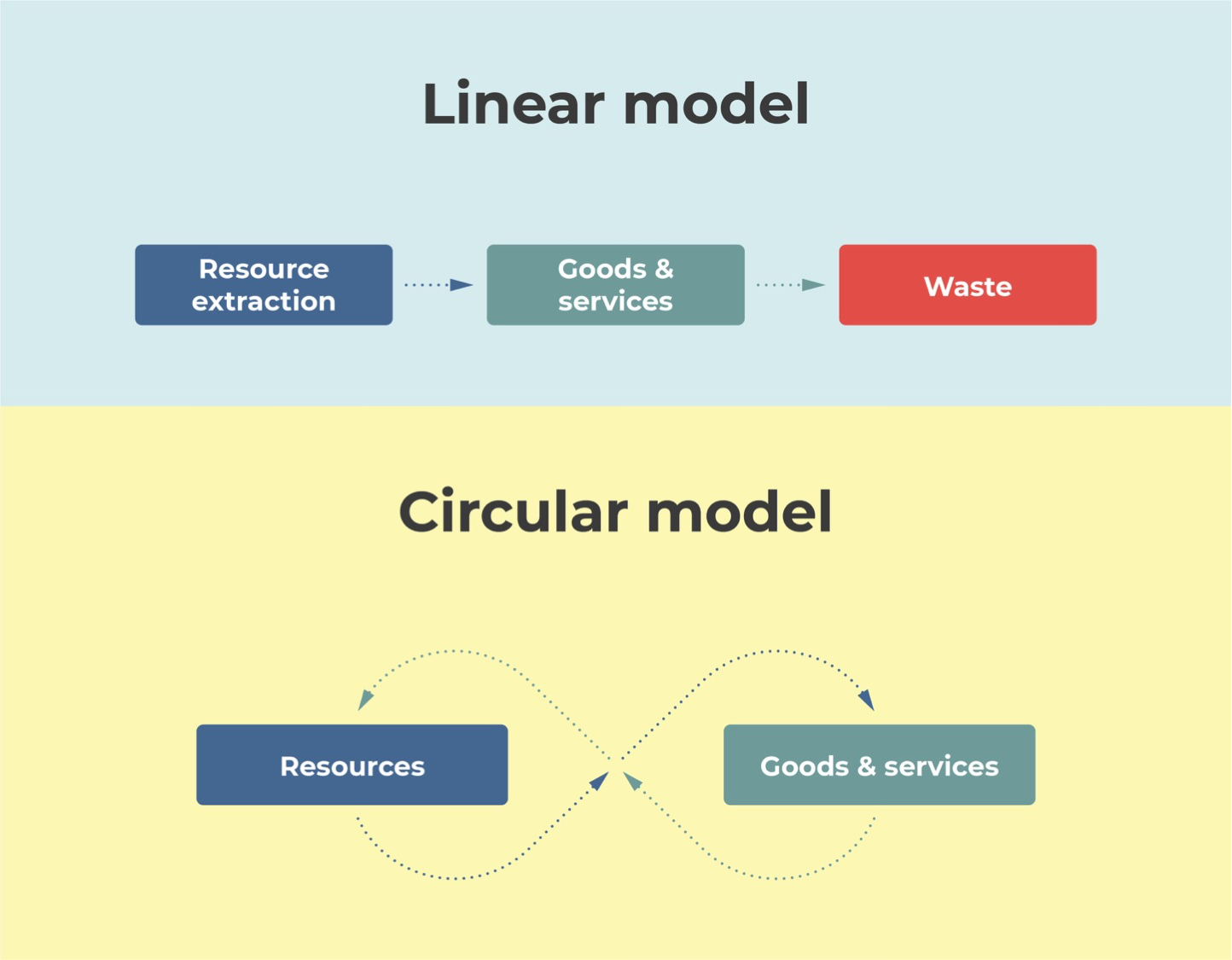Global trends and the resource scarcity crisis
Saving post-use materials from littering, landfilling and incineration not only means better management of waste, but also saves resources, makes them available for reuse and recycling, and decreases the need for new primary raw materials to be extracted. Mankind is currently consuming more resources than what the planet creates, which is destroying the ecosystems that support us, putting the needs of our future generations at risk. The “ecological debt” of our consumption patterns is known as the “Earth Overshoot Day”. It is a date calculated every year, on which humanity as a whole has consumed more from nature than our planet can renew, and exceeds the so-called ecological budget for the year.
Our vision is a clean and healthy world, and our main aim is to preserve resources.
Until 1970 this day was after December 31st, meaning that humanity didn’t consume more than Earth could regenerate, but in the last few decades the day has arrived sooner and sooner. In 2019 it was on July 29th – for the rest of the year we will be consuming more than we can repay; we’d need approximately 1.7 planets to meet our needs. In 2020 it was almost a month later – on August 22nd – the effect of the lockdowns due to COVID-19 pandemic. But as Earth Overshoot webpage says – we should achieve sustainability by design, not by disaster. In 2021 the day moved back by a month – to July 29.
One of the reasons for overconsumption is our linear economy model: it is the “take, make, waste” approach. It’s not just the waste problem (littering, landfilling and incineration) – we keep needing more new primary raw materials (oil, wood, metals, rare earth elements, etc). The less waste we produce and the more we reuse and recycle, the fewer new resources we need to extract from nature. Good waste management therefore is a way to keep our production and consumption patterns “sustainable”, i.e. able to meet the needs of the present, without compromising the needs of future generations.

